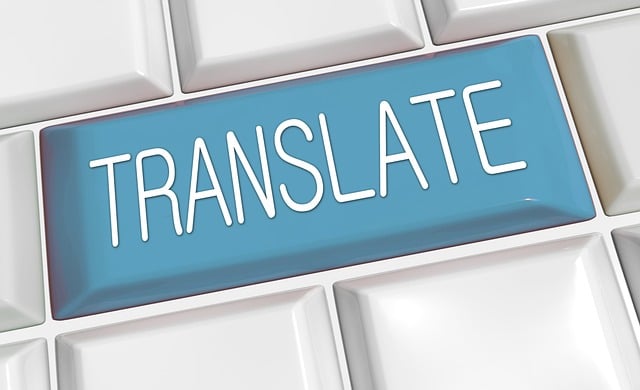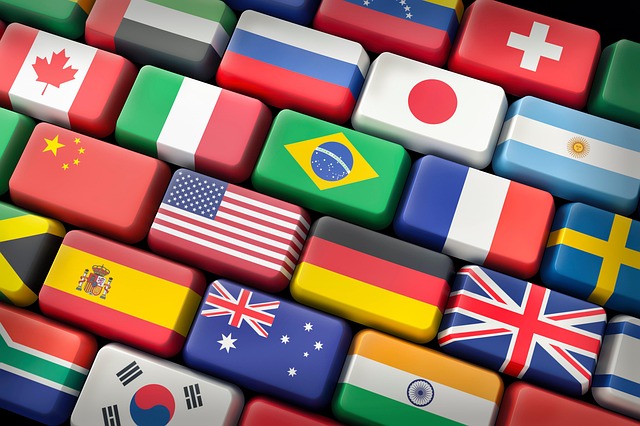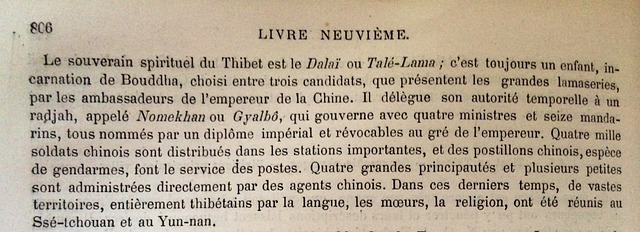For beginners, translation mastery requires grammar, syntax, and cultural understanding. Building vocabulary, using poetic license judiciously, and leveraging modern learning tools aid fluency. Immerse in target language through authentic content, AI tools, courses, and exchanges. Contextual interpretation bridges cultural gaps, demanding continuous cultural learning. Overcoming challenges with technology, context, and historical perspectives enhances skills. Regular practice, peer review, and exploration of diverse media refine interpretive abilities.
“New to on-the-fly language interpretation? This beginner’s guide breaks down essential skills for effortless translation. From cultivating basic linguistic abilities to mastering context-driven understanding, you’ll learn to navigate diverse scenarios with confidence. Discover powerful tools and resources designed for efficient learning. Overcome common challenges and watch your interpretive abilities flourish. Elevate your translation game today.”
- Unlocking Languages: Basic Skills for Beginners
- Immerse Yourself in Language Learning
- Tools and Resources for On-the-Fly Translation
- Understanding Context: The Key to Accurate Interpretation
- Common Challenges and How to Overcome Them
- Practicing and Improving Your Interpretive Abilities
Unlocking Languages: Basic Skills for Beginners

For beginners embarking on their journey to interpret languages on the fly, unlocking the secrets of translation involves cultivating a few essential skills. The first step is to grasp the fundamentals of grammar and syntax in both your native tongue and the target language. Understanding sentence structures, verb conjugations, and noun declensions forms the bedrock of accurate translation. This knowledge allows translators to navigate the nuances of meaning, ensuring that ideas are conveyed with precision and naturalness.
Moreover, developing a strong vocabulary is paramount. Utilizing modern approaches and resources like digital dictionaries, language apps, or joining online communities dedicated to language learning can significantly aid in this process. While some might argue for the human touch and value of traditional methods, leveraging technology offers efficiency and accessibility, enabling beginners to expand their lexical repertoire at their own pace. Additionally, poetic license – a creative freedom in translation – should be explored with caution, understanding its role in preserving cultural essence while adapting language for a new audience. Find us at modern approaches for an immersive experience in interpreting languages on the fly.
Immerse Yourself in Language Learning

Immerse yourself in the language you’re aiming to translate. Regularly expose yourself to conversational speech, reading materials, and cultural contexts. This hands-on approach, akin to learning any skill, fosters a deeper understanding of nuances that formal study might miss. Consider listening to podcasts, watching movies, or joining language exchange groups.
In today’s digital era, AI-powered tools offer unparalleled assistance for on-the-fly translation. Though these can’t replace the depth of human interpretation, they’re invaluable resources. Moreover, using these tools for practice can prepare you for industry standards in translation exams. Visit us at cross-cultural communication anytime to explore these resources and elevate your language learning journey.
Tools and Resources for On-the-Fly Translation

In today’s globalized world, on-the-fly translation is an invaluable skill to possess. Fortunately, numerous tools and resources are readily available to assist beginners in this art. One popular option is audio-visual translation apps, which use artificial intelligence (AI) to interpret speech in real-time, making them perfect for impromptu conversations or quick video calls. These apps often offer multiple languages, ensuring you can communicate effectively no matter where your travels take you.
For those looking to develop their skills further, translation exams from reputable organizations provide structured learning and certification. These exams not only deepen understanding but also offer a human touch by evaluating proficiency through written exercises and oral presentations. Even if formal exams aren’t your style, exploring online courses and forums dedicated to translation can enrich knowledge and connect you with a community of language enthusiasts. Remember, practicing what you learn is key, so consider finding us at historical perspectives or joining local language exchange groups to immerse yourself in the language learning journey.
Understanding Context: The Key to Accurate Interpretation

In the dynamic world of language interpretation, understanding context is paramount for accuracy. Interpreters must transcend mere word-for-word translation, delving into the nuances of cross-cultural communication. Every phrase carries a wealth of implied meaning, social references, and cultural idioms that demand careful consideration. By analyzing the situation, speaker’s intent, and audience expectations, interpreters can provide precise and meaningful linguistic matching— bridging the gap between languages and cultures effectively.
Mastering context requires continuous learning about diverse cultures and their communication styles. Observing non-verbal cues, understanding local idioms, and familiarizing oneself with medical terminology specific to different regions are all essential components of this process. When faced with a new language or cultural scenario, take a moment to assess the situation. By prioritizing context over mere linguistic precision, interpreters can ensure that meaning is conveyed accurately, promoting genuine verbal translation and textual analysis anytime—visit us at [your brand/NAP] for more insights.
Common Challenges and How to Overcome Them

Interpreting languages on the fly can be an exciting yet challenging endeavor. Beginners often face common hurdles, such as understanding idiomatic expressions that don’t have literal translations. Idioms, metaphors, and cultural references can significantly impact communication, requiring a deep dive into the linguistic and historical context. Overcoming these challenges involves expanding vocabulary, studying cultural nuances, and familiarizing yourself with CAT (Computer-Assisted Translation) tools designed to aid in real-time translation.
Additionally, maintaining brand consistency across languages is crucial for effective communication. This requires meticulous term base management, ensuring that key terms and messaging align with the source language. Drawing from historical perspectives can also enrich your understanding of language evolution and its impact on modern communication. By combining these strategies—from mastering CAT tools to delving into historical contexts—beginners can enhance their skills, overcome challenges, and provide more accurate and culturally sensitive translations.
Practicing and Improving Your Interpretive Abilities

Practicing and Improving Your Interpretive Abilities involves consistent exposure to various linguistic landscapes. Immerse yourself in different languages through media like books, films, and podcasts. Engage with native speakers to refine your listening skills and gain cultural insights that enrich your translation. Regularly challenge yourself with complex texts to enhance comprehension and improve your ability to convey nuanced meanings accurately.
Consider joining language exchange groups or finding a mentor for structured learning. Peer review is an invaluable tool; get feedback on your work from others to identify areas of improvement. Visit us at gender-neutral language anytime to explore resources designed to support your growth in this dynamic field, focusing on both sensitive translation and literary translation. Remember, the more you practice and engage with languages, the better equipped you’ll be to interpret them on the fly.
Interpreting languages on the fly is an exciting skill to acquire, offering a unique way to connect with people from diverse linguistic backgrounds. By combining basic language skills, immersion, and context-awareness, beginners can unlock their ability to translate effectively. Utilize available tools and resources, practice regularly, and overcome common challenges to enhance your interpretive abilities. Remember, accurate interpretation is key to fostering meaningful communication, whether in personal interactions or professional settings. Start exploring the world of translation today!
